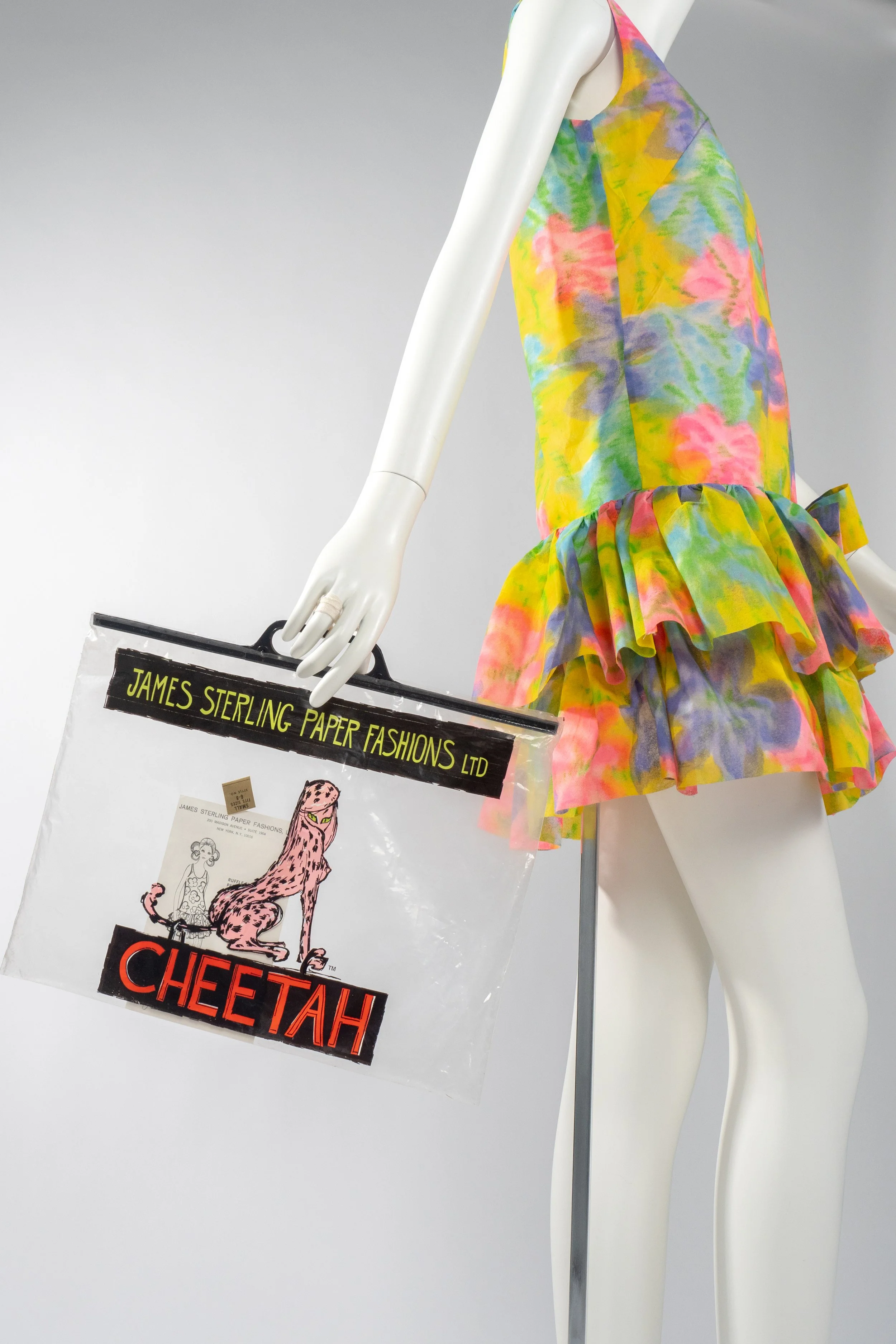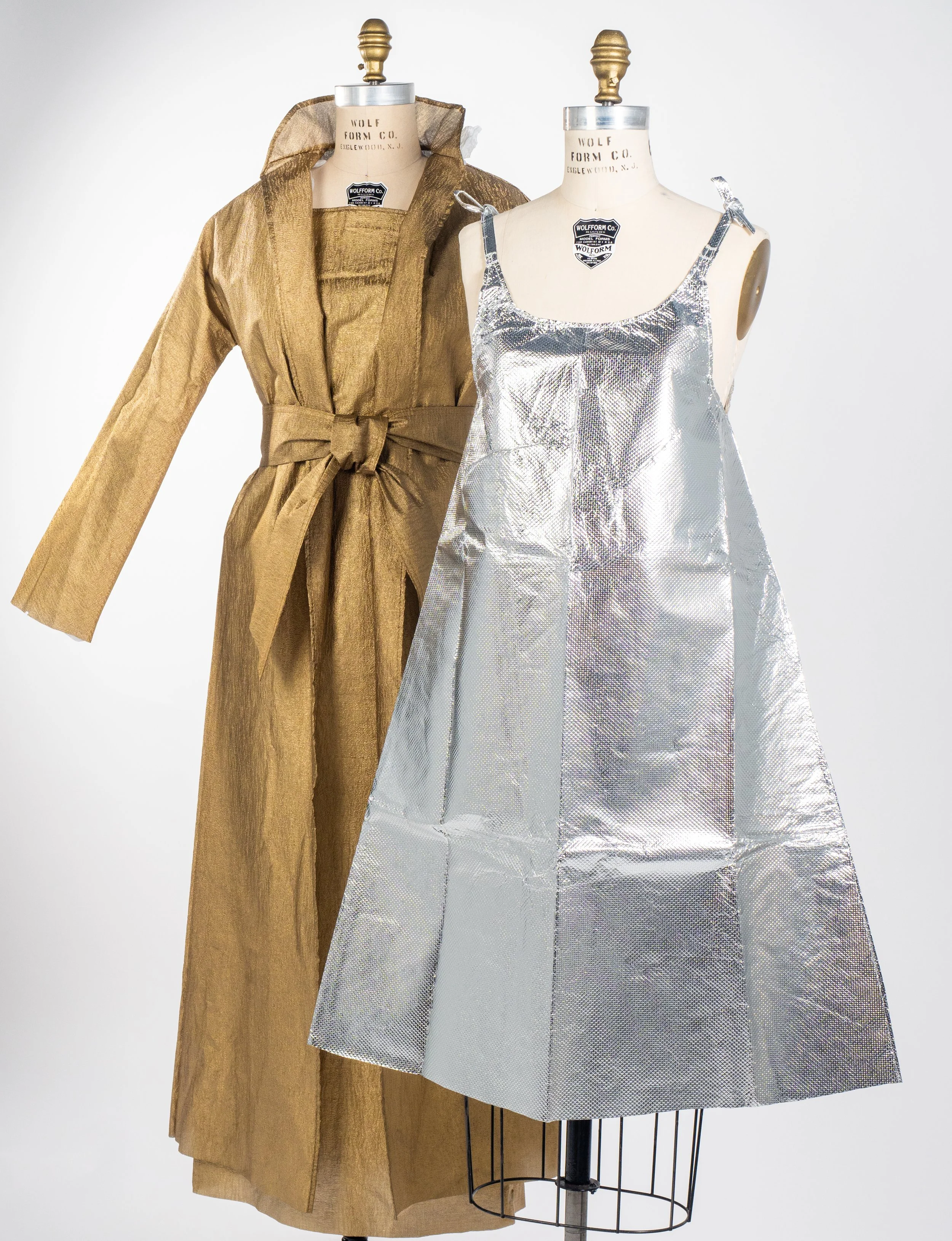Phoenix Art Museum’s Latest Exhibit Showcases Ultra-Modern Disposable Garments in Generation Paper: Fast Fashion of the 1960s
Du Pont Reemay and Spunbonded Polyester Floral Mini Dress, 1960s. Image courtesy of Phoenix Art Museum.
A collection of innovative paper garments is now on view in the Ellman Fashion Design Gallery at Phoenix Art Museum. The exhibit features more than 80 rare objects including skirts, bikinis, rompers and accessories—each piece still perfectly intact—from one of fashion’s most experimental decades. Whimsical and fun, yet daring and bold, disposable clothing made its debut in 1966 when Scott Paper Company began marketing the cutting-edge textile Dura-Weve for its new tableware line. Executives believed paper dresses were the future—and combined with the public’s desire for all things space-age and modern, the fashion-forward look was an instant trend. Rival manufacturers rushed to create their own versions, which were wildly popular. Made from durable nonwoven materials, garments were designed expressly for the fashion maven and featured patterns that matched everything from countertops and carpeting to drapes and appliances. Seagram’s 7 engineered a line of dresses with coordinating napkins and placemats, perfect for party hostesses who wanted to fete their guests in style. An intricately woven knit frock by Mars of Asheville was so popular it sold 80,000 pieces per week. The paper bikini was also among the most sought-after items. Curator of Fashion Design at Phoenix Art Museum, Helen Jean, says, “People loved the bikini during this era and yes, women actually wore paper bikinis! They didn’t likely submerge themselves in water as these bikinis were definitely worn to be seen—and you can’t be seen under the water!”
Jewel Tea Company, Lustre-Weve Coat, Dress, and Belt, 1966. Rayon and Metalized Silver Dress, Designer Unknown, 1960s. Image courtesy of Phoenix Art Museum.

